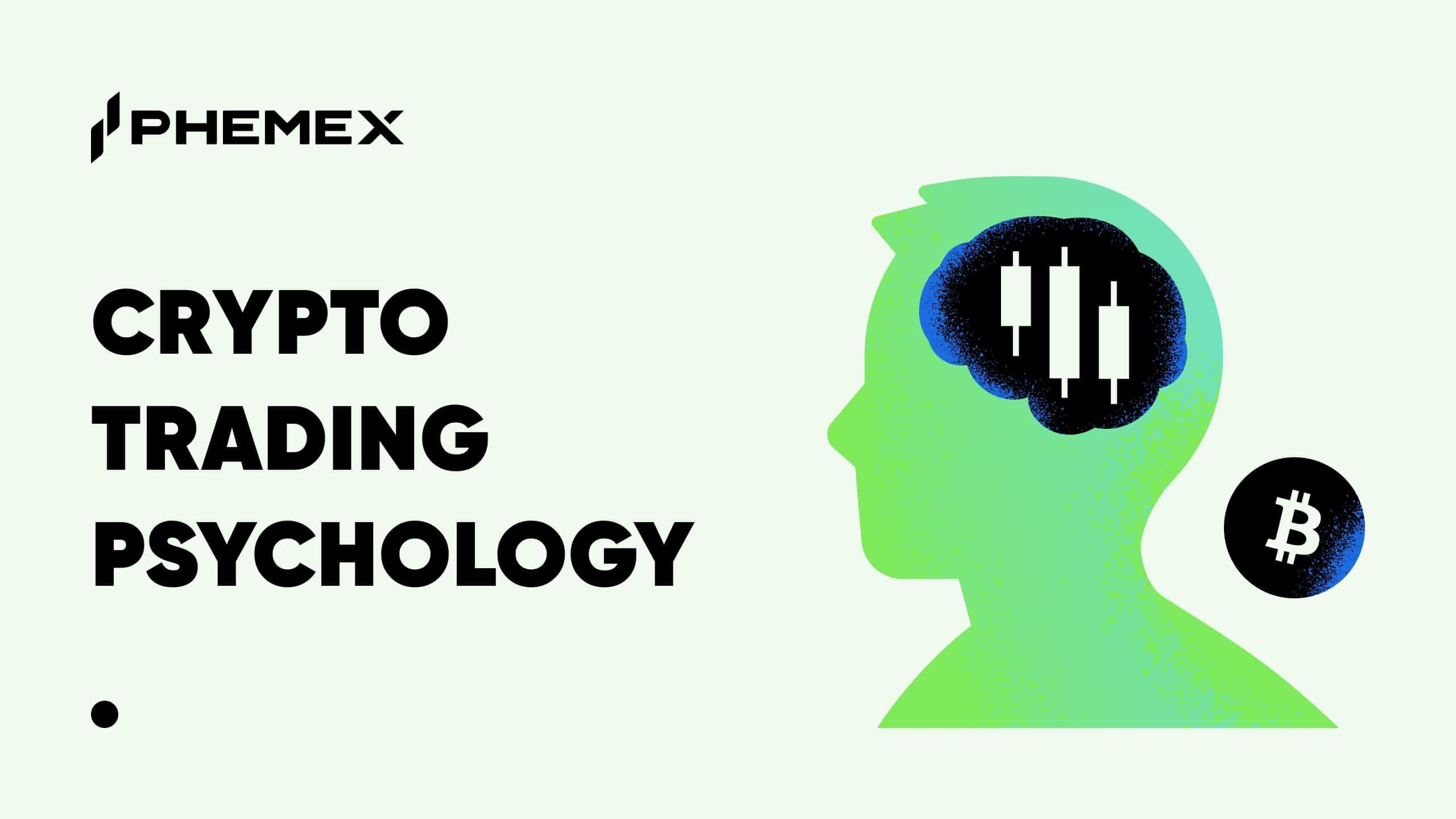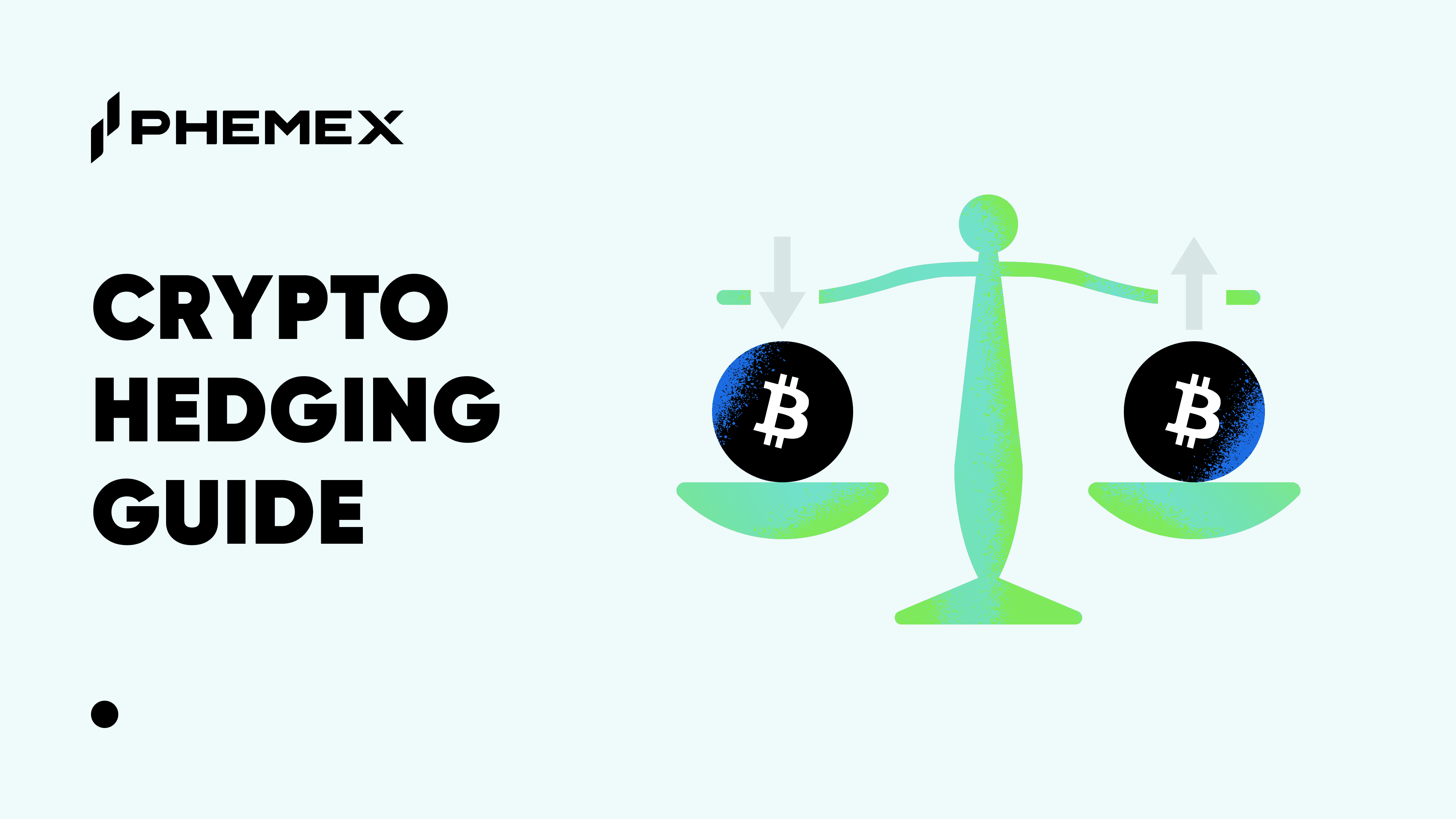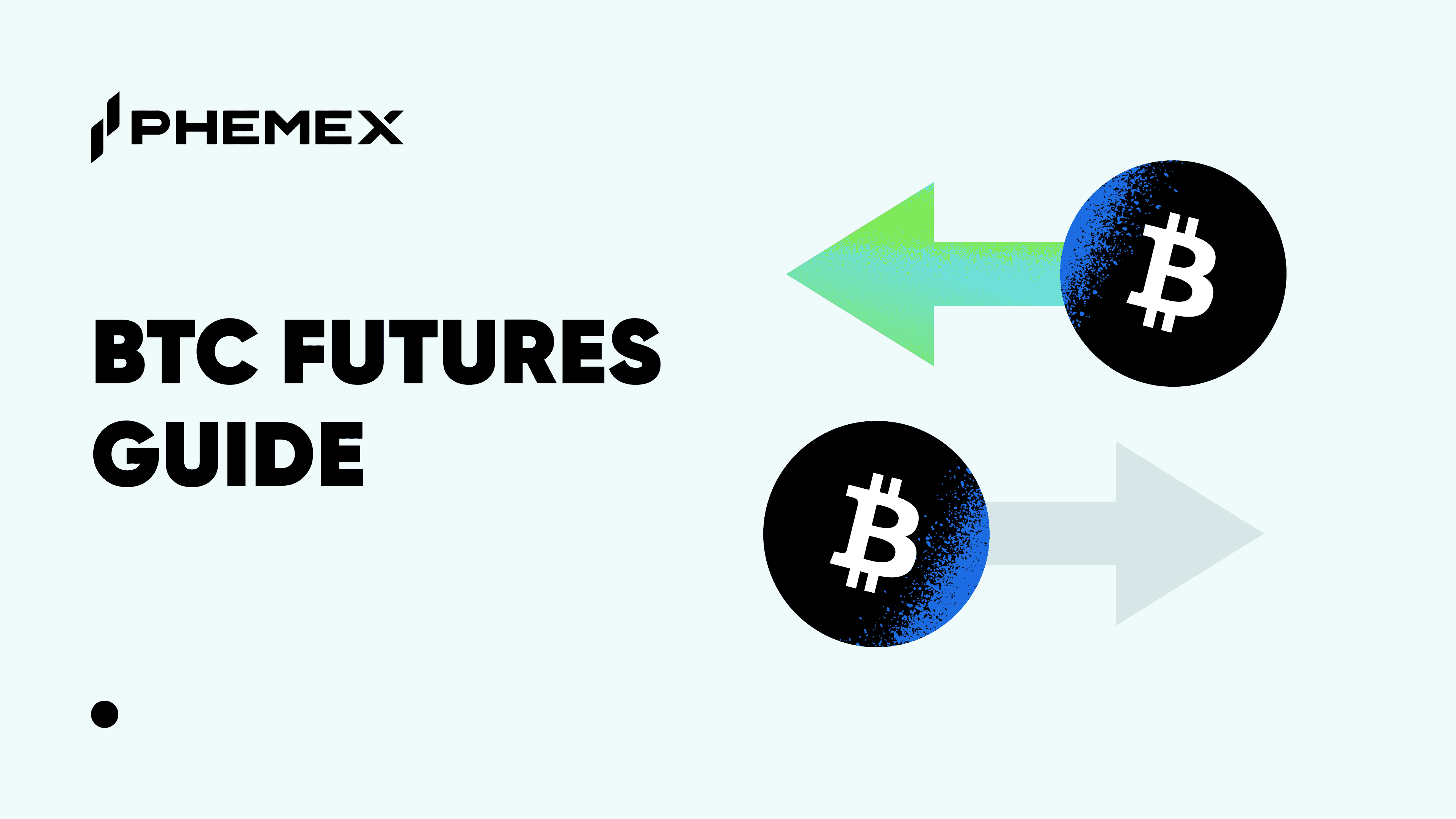Quantitative trading is commonly used by financial organizations and hedge funds in traditional finance to help them make trading decisions. However, individual traders are catching on to using this trading method for personal trading purposes. Quantitative trading relies on the analysis of data and statistics as well as the use of technology for trading decisions, making it ideal for cryptocurrency trading as cryptos are digital and programmable assets. However, new traders should keep in mind that developing accurate and profitable quantitative trading strategies for crypto can be rather challenging.

What Is Quantitative Trading?
Quantitative trading, also known as quantitative analysis or quant trading, is a trading strategy that is highly dependent on mathematical models and historical data. In essence, quantitative trading strategies are formed using various technologies, databases, and mathematical concepts. For example, price and volume are two common factors that traders can use as inputs for mathematical models. Alternatively, some traders build systems to monitor public sentiment about particular assets or sectors on social media. Other traders may also use alternative or public databases to identify current and future patterns to ensure that the mathematical model for quantitative trading is sufficiently advanced.

In quantitative trading, traders can build software or programs that combine mathematical models and trading concepts. The programmed mathematical models are automated software that help traders identify historical data patterns to make rational trading decisions. The trading concept selected for a program is based on the trader’s preferences and research scope. Traders try to evaluate only the desired parameters for the specified asset to save time and resources. For example, suppose a trader only wishes to trade during an upward trend; they would program the software specifically to detect upward momentum and purchase the shares of an asset when there is an upward trend. Alternatively, traders can make the trades manually rather than allowing the program to trade automatically. In that case, the trader only intends for the program to capture the profit opportunities and they can make the trades accordingly. To ensure that the programs work as intended, traders typically apply their mathematical model to past market data for backtesting before implementing it on the real market.
What Is Quantitative Trading in Crypto?
Quantitative trading is growing with the rise of technological trends like machine learning. With further innovation and evolution in modern technology, various markets and organizations now utilize quantitative trading strategies to make a profit. In the case of cryptos, high frequency trading (HFT) is one of the quantitative trading strategies that is sometimes used in dark pool trades.
3 Categories of Quantitative Trading in Crypto
Cryptocurrency is a unique asset that incorporates various technologies allowing for decentralization and programmable functions. Crypto-based quantitative trading has three categories, which are alpha, primitives, and risk models.
- Alpha: Alpha is described as the excess returns of an investment relative to the intended benchmark index. Quantitative strategies look for alphas within datasets of assets like currencies or commodities. In the traditional market, alphas such as spot and earning reports are generally used in quantitative models. In crypto, however, blockchain data serve as the native alpha. Blockchain datasets contain information about participant behaviors in the crypto space. These participants include miners, HODLers, whales, and so on. There is a lot of potential in the formation of strategies based on blockchain addresses due to its various advantages. For example, relevant blockchain addresses can provide data that allows for capital flow tracking. Therefore, blockchain technology is ideal for quantitative strategies as they rely on statistics and data.
- Primitives: In traditional markets, the quantitative strategies formed are primarily based on speculation on the market and third parties can influence financial functions such as liquidity and arbitrage. On the other hand, in the crypto world, such intermediaries are replaced with smart contracts, where transaction records are transparent and hence accessible to quantitative models. Quantitative models in decentralized finance (DeFi) can collect data from crypto primitives, which can be categorized into governance (voting, staking), tokens (ERC20, NFTs), regulations (security protocols), and more. Therefore, primitives are another source of data that quantitative traders can factor into their quantitative strategies.
- Risk models: Risk management is typically needed in trading strategies. In traditional markets, risk management models are mostly related to prices such as hedging and fluctuations. However, quantitative strategies in crypto are rather complex because the DeFi space has risks such as forks, protocol hacks, liquidity attacks, new competitors, and so on. Although the information on crypto risks is inadequate for quantitative trading, quantitative models are still applicable because of their statistical nature. In the future, risk management will grow to become more mature as crypto and quantitative strategies develop.

How Does Quantitative Trading Work?
Quantitative trading generally involves deciding on strategy, backtesting the system prototype, executing the system, and managing risks. The steps that quantitative traders typically take to create a program for efficient trading are as follows:
- The trader researches the various trading concepts and tools before selecting a trading strategy that fits their investment purposes and risk tolerance.
- The trader selects a simple or complex trading strategy or analysis tools like moving averages (MA) or oscillators.
- The trader develops a system based on the selected strategy.
- The trader backtests, customizes, and improves the system as needed. Nevertheless, a positive backtesting outcome does not necessarily mean the system can perform well in actual markets.
- The trader assesses the outcomes using risk management tools such as stop loss and scenario analysis.
- Once the trader deems that the program is ready, they utilize the quantitative trading system in the live market.
- The trader observes and assesses the money-making potential of the program. They can make changes to the strategy or further customize the system if needed.
- In cases where profit opportunity exists, the system will signal traders who can choose to execute trading manually or automatically.
Generally, systems created may range from entirely manually to fully automated. Moreover, the different programs and systems developed by different traders will compete to generate higher profits. Thus, traders will need to improve their trading systems persistently to remain competitive. Moreover, as machine learning or deep learning gains traction, quantitative trading can become even more complex. As a result, traders can make more efficient trades with these types of trading systems as they can learn from the available data, thereby becoming more aware of different profit opportunities over time.
4 Types of Quantitative Trading Strategies
There are four types of quantitative trading strategies that are commonly used in traditional finance. These quantitative trading strategies are alternative data trading, obscure and small market trading, high-frequency trading, and machine learning-based trading techniques. Details are as follows:
- Alternative data: Alternative data trading utilizes data from sources, such as satellites imagery, logistics, surveys, online sentiments, and earning calls, for trading purposes. Traders use alternative data (sometimes in tandem with traditional data such as stock price and company fundamentals) to obtain new and unique derivative insights.
- Obscure and small markets: Obscure markets are markets that are less popular and not as strictly regulated, while small markets refer to markets that can only handle small trading volumes. Examples of obscure and small markets include stock markets in developing countries, cryptocurrencies, and penny stocks. These markets tend to be less efficient, allowing traders to have more trading opportunities.
- High-frequency trading: High-frequency trading involves making low profits for each trade by putting out many small-sized trade orders very quickly within milliseconds using computer programs. These trade orders are typically put forth onto the market based on arbitrage opportunities and major news.
- Machine learning: Machine learning can identify patterns and recognize features by learning from available data and the machine’s own trading experience. A machine learning-based trading strategy can be trained with historical trading data to spot specific trading patterns in the current market and determine trading opportunities.
What Is the Advantage and Disadvantage of Quantitative Trading?
Like all trading strategies, quantitative trading has its benefits and challenges. In terms of advantages, quantitative trading programs are designed to be automated or semi-automated processes where traders do not need to monitor and analyze data manually when trading stocks. As a result, traders are less overwhelmed with the amount of data they need to analyze when making trading decisions. Moreover, unlike human traders, such computer programs are not influenced by emotions like fear or greed during trading. Thus, quantitative trades make data-backed decisions while eliminating human error.
However, some traders may find quantitative trading hard to implement due to some existing challenges. First, some markets can be volatile. For example, the cryptocurrency market is extremely volatile, wherein the value of a particular token can skyrocket while another plummets and becomes worthless within hours. Hence, the designed trading strategy must be dynamic enough to successfully implement quantitative trading in such volatile markets. For this purpose, traders typically only create short-term profitable quantitative trading models. However, the outcomes from such short-term trading models are not always consistent because of unpredictable market conditions, resulting in losses. Furthermore, quantitative trading requires experience in mathematics and coding, which is not something everybody possesses. Therefore, the performance of a quantitative system also equates to the skills and expertise of the creator.
Quantitative Trading vs. Algorithmic Trading: What Is the Difference?
Algorithmic trading is also called algo trading. Algo traders utilize automated systems to analyze charts and execute trades on their behalf. In comparison, quantitative traders identify opportunities through statistics and do not always trade (despite the opportunity). Algorithmic trading is typically regarded as a subset of quantitative trading. Regardless, the differences between algorithmic trading and quantitative trading are as follows:
- Manual/Automated trading: Quantitative trading involves using models to capture opportunities that are then traded manually in general. On the other hand, algorithmic trading fully utilizes the system to execute trading for the trader.
- Quantitative trading typically utilizes advanced mathematics models, while algorithmic trading relies on traditional data and chart analysis.

General overview of algorithmic trading (Source: ResearchGate)
How to Start Quantitative Trading?
Quantitative traders are also referred to as quants. Quants combine mathematics and data to look for trading opportunities for the execution of trades. Most professional quantitative traders generally have backgrounds in statistics, mathematics, or computer science. Moreover, quants need to be experienced with various data mining and research methods to create a trading system that either detects opportunities for manual trade or executes the trade automatically. Hence, those looking to start quantitative trading need to possess extensive knowledge in mathematics, programming, and statistics. Beginners would have to invest a lot of their time self-studying and educating themselves on such topics. Moreover, beginners may need sufficient capital to acquire the infrastructure required for quantitative trading, which can be expensive.
Conclusion
Quantitative trading is commonly used by traditional financial organizations and hedge funds to study the markets and capture trade opportunities. Quantitative trading leverages data, statistics, and technologies to spot profit-making opportunities. This facet coincides with the digital and programmable nature of cryptocurrencies, making quantitative trading applicable in the crypto world. Quantitative trading in the cryptocurrency world can be categorized into alpha, primitives, and risk models. Alpha is a model that tracks capital flow through participants’ addresses on the blockchain while primitives collect data based on blockchain technology such as governance and tokens. Risk models consider the security and volatility of crypto trading. Generally, quantitative traders construct custom strategies and backtest their systems before launching the system on real-time markets. When trade opportunities are spotted, traders can either put out orders manually or let the system handle them automatically. Quantitative trading is beneficial wherein it relies on data analysis for trades and eliminates emotions during trading. However, due to the volatile nature of the cryptocurrency market, quantitative trading models may only bring short-term profits. Moreover, quantitative trading requires a lot of technical knowledge and may be too great of an undertaking for beginners without backgrounds in mathematics and statistics. Thus, traders are advised to be cautious to avoid unnecessary losses.
Read More
- How To Trade Crypto: The Ultimate Investing Guide
- Crypto Trading vs. Investing: Key Differences Explained
- How To Do Crypto Research: The Best Ways to Get Started
- Algorithmic trading and AI trading in Crypto: Are they profitable?
- TradingView: What Is It and How to Use It to Trade with Phemex
- Day Trading Crypto for Beginners: Get started with Day Trading
- What is High-Frequency Trading and How does HFT work?
- What is Cryptocurrency & How It Differs From Digital Cash









